de

Storia di Venezia,
Biblioteca
|
Madonna of the Salute's
Festival in Venice
|
|
November the 21th in Venice,
Festival of the Madonna of the Salute |
|---|
In the first half of the 17th century a terrible plague broke out in Northern Italy. This plague was the one described by Alessandro Manzoni in his masterpiece "I Promessi Sposi".
The city of Mantova was particularly devastated, both by the disease - and a famine, as the city had been isolated by the surrounding peoples.
|
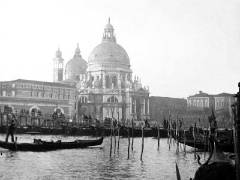
The Boat Bridge, in the year 1900.
Photo courtesy of Franco Donadoni Collection.
|
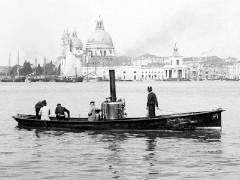
A Fireguard's steam boat, year 1898.
Photo courtesy of Franco Donadoni Collection.
|
The Duke of Mantua was faced with the total extermination of the city. In an act of desperation he sent ambassadors by river to Venice to seek help (Venice and Mantua were tied in an allegiance of water and art that also lasted when the politics were in conflict).
|
The Serenissima, honouring the pact of mutual need, received the ambassadors, but quarantined them on the uninhabited island of San Servolo. Unfortunately the disease was carried to Venice by a carpenter, who was sent to prepare accommodation for the dignitaries. The spread of the infection was phenomenal. In the week following the death of the carpenter - and all his family - there were ten more deaths in the immediate neighbourhood, and a hundred in the city itself.
|
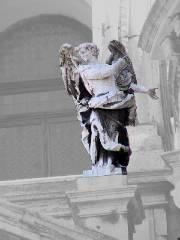
|

Madonna della Salute 1966. Photo by Candido Spinazzi.
|
In a very short time, in spite of the restrictions set by the authorities, the population was decimated. The Doge and most of his family perished, as the disease did not distinguish aristocrats from commoners, not forgiving monks and priests.
Close to the Winter, the Dominante itself faces the danger to be cancelled.
|
The failure of every medicine and prophylactic then known drove the government and people to look to religion to save them.
A procession was organised in which almost all 10,000 survivors participated. They walked incessantly around Piazza San Marco for three days and nights, with torches and votive statues.
Finally a pronouncement was made that, if the city escaped total devastation, they would build a temple of a size and beauty never seen before.
|
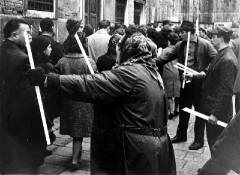
Madonna della Salute 1966. Photo by Candido Spinazzi.
|
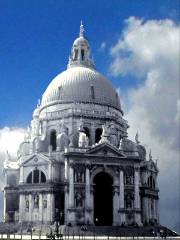
|
The heavens then seemed to come to the aid of the Republic.
In the following week the progress of the epidemic slowed, and within two weeks it diminished altogether.
Respecting the pronouncement, the location of the temple - or church as it became - was quickly decided upon.
It was to be at the Custom's Port, where some buildings had just been demolished.
Demolishing wooden houses and the dispersing of crowded communities like monasteries and seminaries was an emergency measure often carried out during plagues.
|
Baldassare Longhena, a young architect whose style was known as the new Baroque (Venice has always been conservative) was chosen, by competition, to head the project. The foundation needed to be reinforced with more than 300,000 posts in order to support the weight of the enormous marble structure.
The edifice was finished in about twenty years, and became an exemplary model of Baroque, studied and imitated all over Europe. The church was consecrated on 21st November 1687.
|
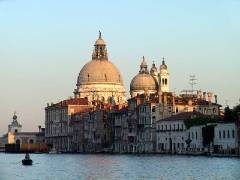
|
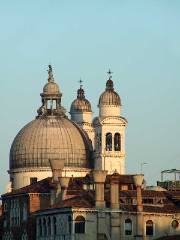
|
For the occasion a bridge made of boats was constructed to enable the church to be reached from the city centre.
Even today few Venetians miss the opportunity to go to the Salute.
The festival is mostly for children, and there are toys and sweets for sale in the neighbourhood.
|
Perhaps because it is a tradition that Venetians are used to follow since childhood, perhaps because health is an important issue for everybody, the Salute is appreciated regardless of religion or philosophy, and the procession to the Salute continues from morning to night.
Umberto Sartory
from the works of Rev.Antonio Niero
|
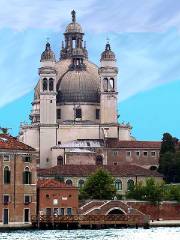
|
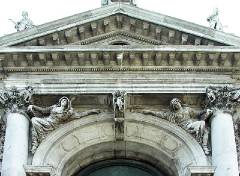
|
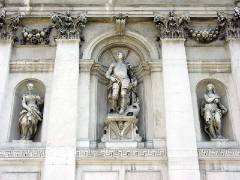
|
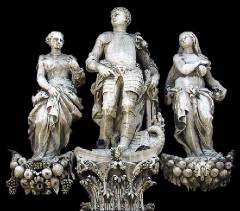
|
Some details from the Basilica della Salute
|
| Snow-sugar, candies and all sorts of almond sweets are for kids but not only...
|
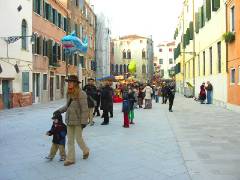
|
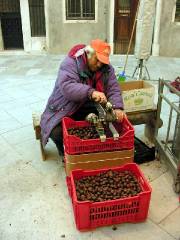
|
and baloons! Since I have memory Madonna della Salute's Fest meaned a baloon. Almost in every venetian hart lies the remember of a lost baloon climbing the sky..
|
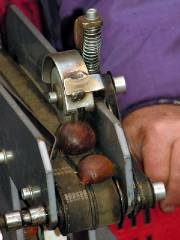
|
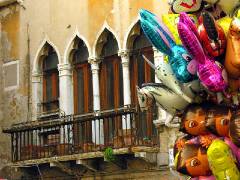
|
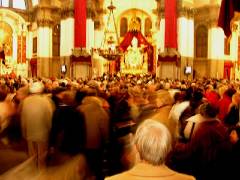
|
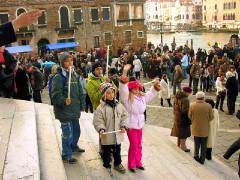
|
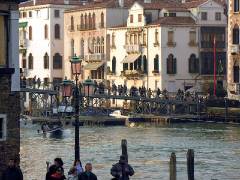
|
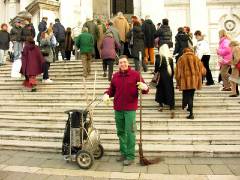
|
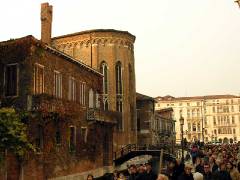
|
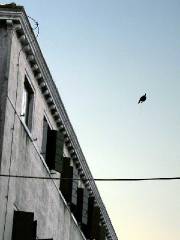
|
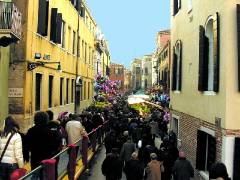
|
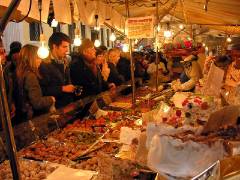
|
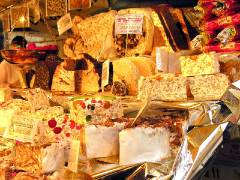
|
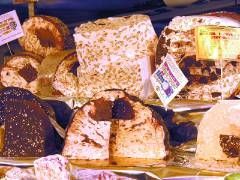
|
|
|---|
Venice Carnival Photos and hundreds other photos of Venice and of various subjects in the
Image Bank of venice eXplorer .net, that you can also send to friends as free virtual postcards
All other images © by Umberto Sartory
|
